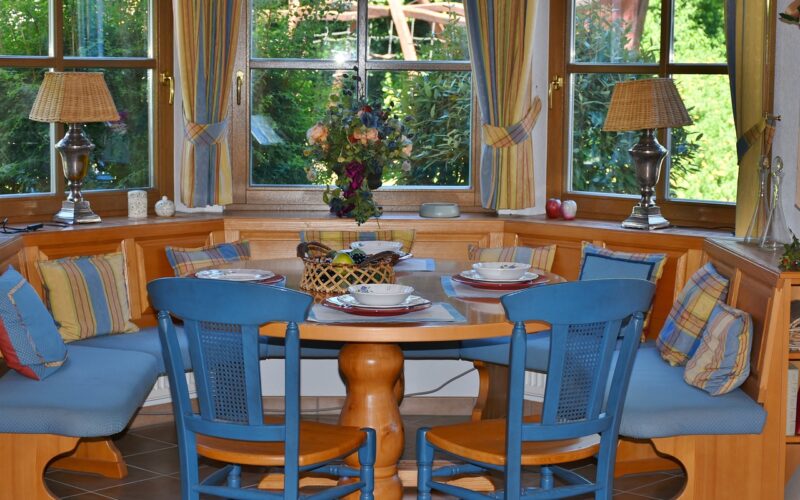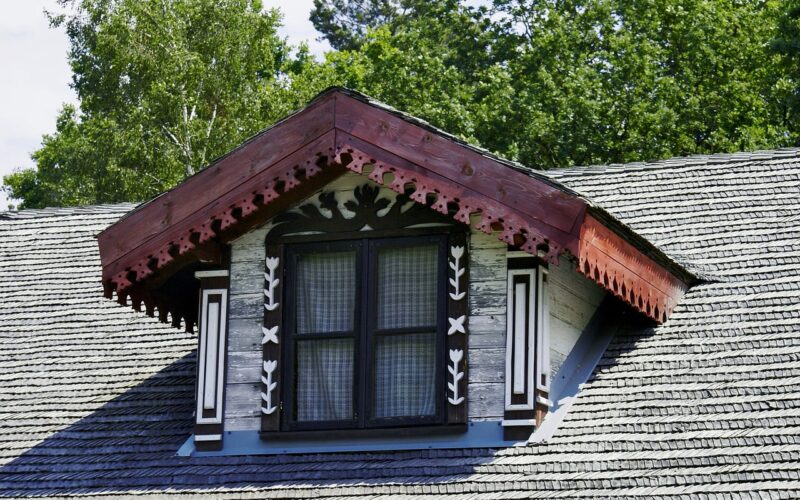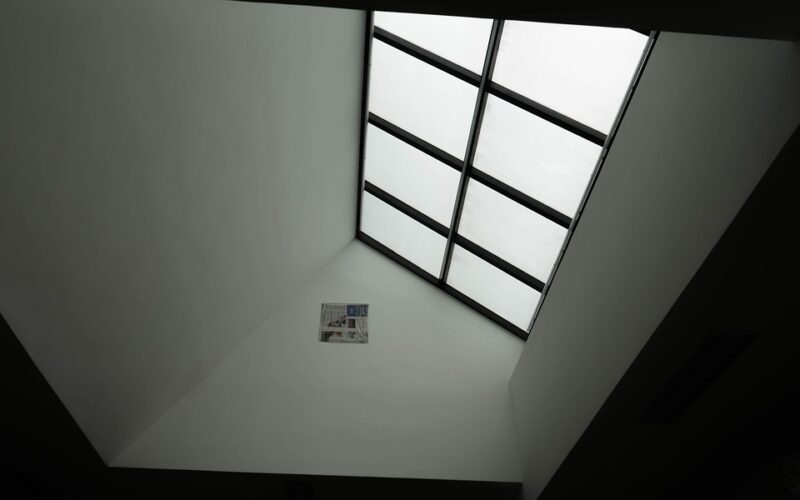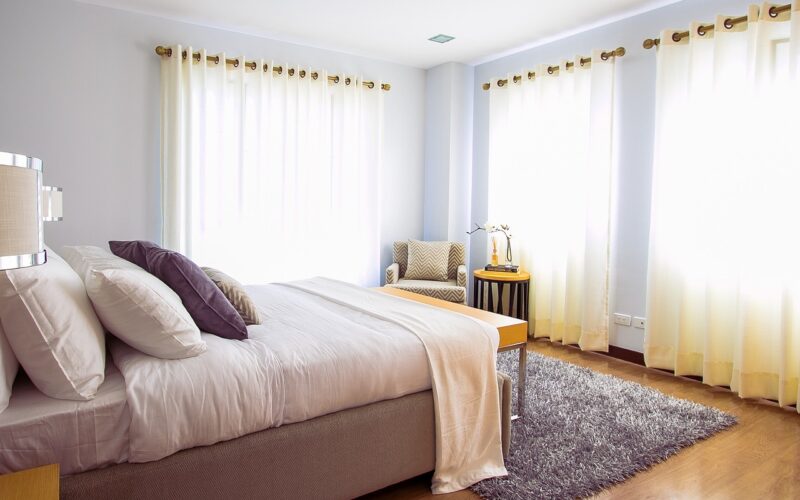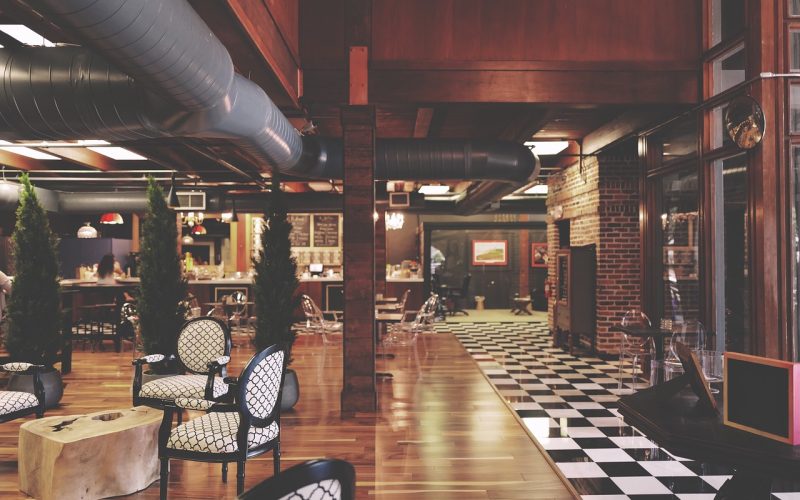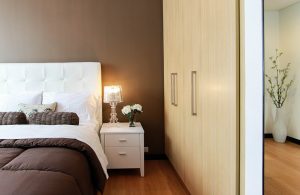Good lighting is essential in creating a welcoming and functional home. It can transform the mood of a space, increase productivity, and even impact our health. Whether you're looking to improve the natural lighting in your home or enhance it with artificial solutions, these tips will cover all you need to illuminate your living spaces effectively.
Use mirrors strategically
Mirrors are more than just tools for checking your reflection; they're also incredibly useful for bouncing light around a room. When placed opposite a window, a mirror can effectively double the amount of natural light entering a space.
The reflective surface catches light and diffuses it across the room, brightening dark corners and creating the illusion of a larger space. Consider different sizes and shapes of mirrors to add both light and decorative flair to your rooms.
Choose the right window treatments
The type of window dressings you select can have a huge impact on the brightness of a room. Heavy, dark curtains may be excellent for sleeping in on the weekends, but they'll block valuable sunlight during the day.
Opt for light, airy fabrics that allow sunlight to filter through, like linen or cotton. If privacy is a concern, consider layering sheer drapes with heavier panels that can be pushed aside during daylight hours. In addition, consider installing blinds or shutters that can be adjusted to control the intensity and direction of incoming light.
Install multiple light sources
Relying on a single overhead light can leave a room with dark spots and create harsh shadows. Layer different types of lighting to achieve a well-balanced and flexible scheme.
Combine ambient lighting, like ceiling fixtures or chandeliers, with task lighting, such as under-cabinet lights or reading lamps, and accent lighting, which can highlight artwork or architectural features. This layered approach lets you adjust the lighting to suit any activity or time of day.
Choose light colours for walls and floors
Lighter colours reflect more light than their darker counterparts. By painting walls and ceilings in pale shades, and choosing flooring in light hues or shiny finishes, you can maximise the amount of light reflected within a room.
Whites and soft pastels are especially effective, although you don't have to stick to plain colours. Light wallpapers with subtle patterns can also enhance brightness while adding visual interest to the walls.
Opt for transparent furniture
Furniture made from glass or other transparent materials can make a space feel more open and airy, allowing light to pass through rather than blocking it. Choose coffee tables, dining tables, or desks crafted from clear or frosted glass.
Acrylic chairs or shelves are also excellent options for maintaining the flow of light throughout the space. This trick is particularly useful in smaller homes or apartments where every square metre counts.
Invest in LED lights
LED lighting is not only more energy-efficient than traditional incandescent or halogen bulbs, but it also comes in a variety of colour temperatures that can mimic natural light. Implementing LED strips along bookshelves or cabinetry, installing recessed LED downlights, or using LED desk lamps can add bright, focused light to workspaces or relaxation areas.
As a bonus, many LED options are dimmable, allowing for further customisation of light levels to create the perfect ambiance for any situation.
By incorporating these tips, you can significantly enhance the light in your home, making it a brighter, more inviting place to live. Remember, good lighting design considers both the functionality and the aesthetics of a space, and with a little thought and creativity, you can achieve stunning results.
